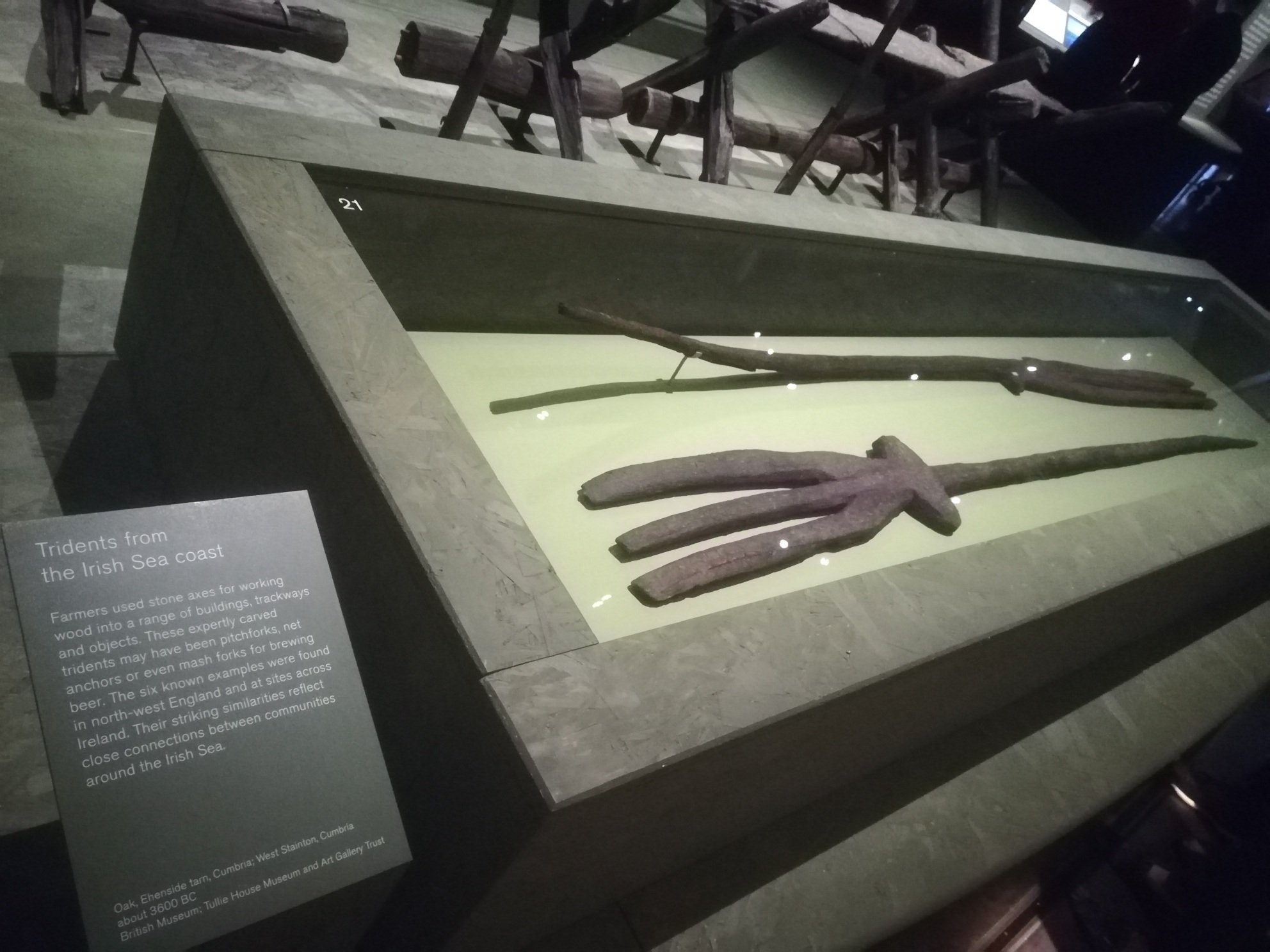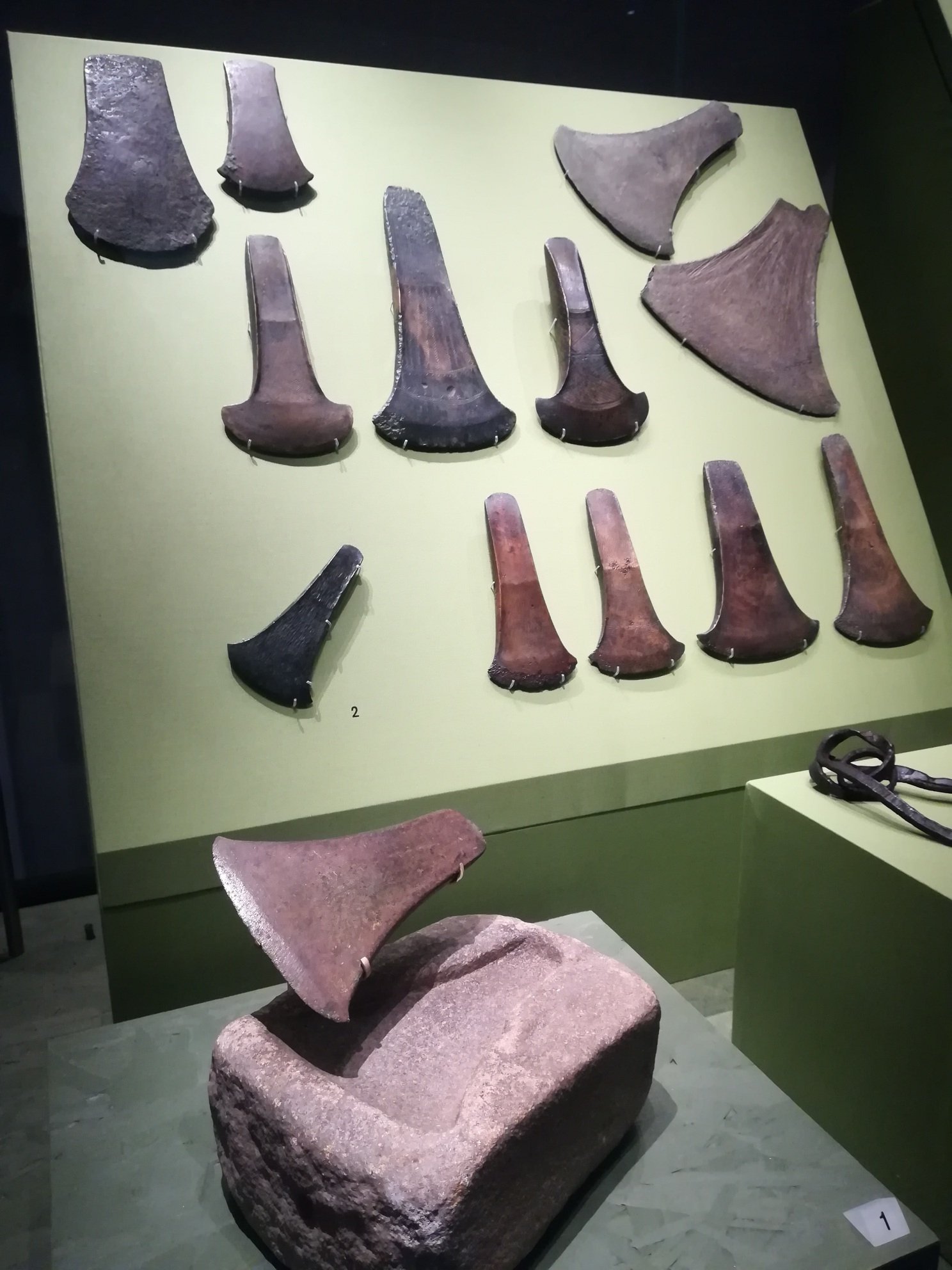I do love me a good old anthology series, they are short and if you get bored you only have to wait a few minutes for another episode to come on. Additionally, you avoid the bloat and filler as with each episode being self contained and everyone has their own opinion on what one is the best.
I had heard of Robot Carnival, it was described as a manga Fantasia which is very high praise indeed, but had never seen it. I sought to acquire a way to watch it and I finally managed to and I do have to say that it is indeed a tour de force of Japanese animation from the 80s.
There are 9 segments, each with their own story and director.
1: Opening by Atsuko Fukushima and Katsuhiro Otomo, has a barren post-apocalyptic village in the desert being barrage by the Robot Carnival. Fireworks, bombs and explosions ensure as the village is destroyed as the carnival makes its way onwards, ever oblivious to the suffering it has just caused.
2: Franken's Gears by Koji Morimoto has a scientist create a robot. He is pleased with his creation and teaches it to move only for it to turn and kill him.
3: Deprive by Hidetoshi Omori is like an awesome anime music video in which a young woman is taken by an attacking alien army. Her friend, a cybernetically enhanced boy, take the fight to the aliens and aims to rescue her against a backdrop of a large scale alien army.
4: Presence by Yasuomi Umetsu is about a married but unfulfilled inventor who creates an automaton. The automaton falls in love with the inventor but he destroys it as he can't love it back. Years later he regrets it as she still haunts his waking dreams.
5: Star Light Angel by Hiroyuki Kitazume is a tale of two friends who go to a robot themed amusement park. When one friend goes to meet her friends boyfriend she realises that he is a cad who gifted her a star necklace. Heartbroken she runs off, meets a robot who falls in love and tackles an evil robot. It all ends well as the girl and boy start to date. Totally weird but cool.
6: Cloud by Mao Lamdo is a beautiful short that features a robot boy walking and the background around him changing into wonderful surreal landscapes before he ascends to the skies.
7: Strange Tales of Meiji Machine Culture: The Westerner's Invasion by Hiroyuki Kitakubo takes us back to the early Meiji period and features two mechs fighting it out in their wood and cogs runs machines. It is a war of attrition as the mechs destoy that which they set out to protect.
8: Chicken Man and Redneck by Takashi Nakamura has a mech destroying the city by converting electrical machines into heinous machines which take over the land. It reminds me of A Night On Bald Mountain part of Fantasia in that the creatures all slowly march in time to the music and raise merry heck.
9: Ending by Atsuko Fukushima and Katsuhiro Otomo features the giant Robot Carnival coming to rest on the dunes and crumbling as the credits roll.
The music by the legendary Joe Hisaishi is sublime and adds much to panoply of creativity here. Some of the stories are fun and throwaway whilst others will haunt you long after you watch it. This is an amazing cultural artefact of a time when Japan's bubble economy was riding high and shows a confident and strident people making boundary pushing art. I'm glad to have seen it and I'm sure you will be too.
LINK- Japan: My Journey to the East
LINK- Preserving the Spirit of Media Past
LINK- Shadow of the Colossus- Book Review
LINK- Manga Exhibition at the British Museum
LINK- The Midnight Library and the Idea That You Can’t Go Home Again
LINK- The Transportive Nature of Objects (And the Power of Mini Consoles)






























